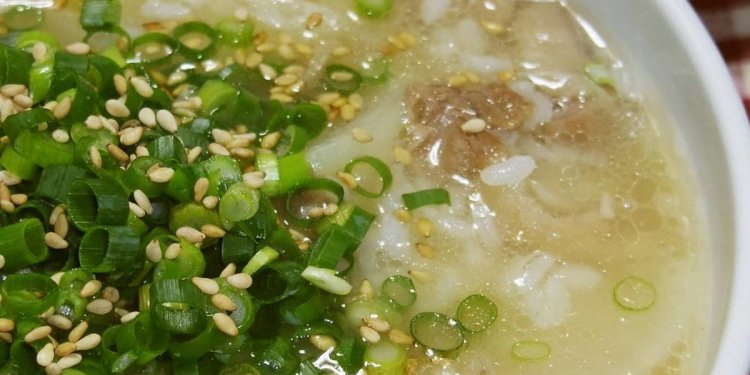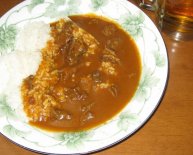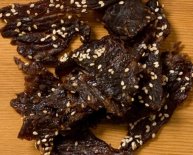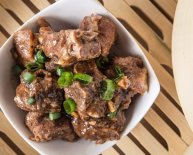
Chinese Beef tendon recipe
Braised Beef Brisket, Beef Tendons and Daikon Radish
1 1/2 lbs boneless beef belly (brisket), rinsed well under cool water, patted dry, and then cut into 1.5 x 1.5 inch cubes (Note: You want a fatty cut of beef. Pieces consisting of 50% of connective tissue and fat will be the most flavourful and tender. I usually get cuts of meat that consist of 30% fat to be healthier, but the leaner pieces will be a bit dry. Don’t substitute with leaner cuts of meat or the meat will be dry.)
optional: 3/4 lb beef tendons
optional: 1/2 of a large daikon radish (approx. 3 cups), peeled and sliced crosswise 1 inch thick, then cut into quarters (pieces should be at least 1 x 1 inch)
1 large slice of ginger cut into long thin strips
4 cloves garlic, minced
shaoxing wine
1 tbsp chee hou sauce (I prefer the brand Koon Chun)
1 tbsp dark soy sauce
1 tbsp soy sauce
1 inch x 1 inch sized piece of Chinese rock sugar
1 star anise
1 cinnamon stick or a pinch of cinnamon
a few dashes of white pepper
1 to 2 tbsp cornstarch
vegetable oil
Place the whole beef tendons in a medium sized pot of water and bring to a rolling boil over high heat. Then allow it to continue boiling for 20 to 25 minutes. This is a cleansing process so you will see scum and foam rise to the surface. Rinse the tendons well under cool water and chop crosswise into 3/4 inch thick pieces. Set aside.
Heat a medium sized, heavy bottomed pot (I use an enamel coated cast iron pot) over medium high heat. Lightly coat the bottom with vegetable oil and brown the sides of the beef. You will need to do this in batches. Do not overcrowd the pot. Set the browned pieces aside. Turn the heat down to medium if the pot starts to burn and add more oil as necessary. When all of your pieces of beef have been browned, put them all back into the pot and add the ginger and garlic. Stir until fragrant, about 10 seconds, and deglaze with a large splash of shaoxing wine. Scrape up the bottom bits and allow the shaoxing wine to reduce for a minute or two. Add the chee hou sauce and stir well to combine. Then add the tendons, 2 cups of water, and the soy sauce, dark soy sauce, rock sugar, star anise, cinnamon, and white pepper. Most of the meat will be submersed in water. Cover with a lid and bring to a boil. Then reduce the heat to maintain a simmer, covered, for 1 hour. Stir occasionally and ensure that the tendons are completely submersed in the liquid. The rate at which your liquid evaporates will depend on the weight of your lid and the seal between your lid and pot. If your water is evaporating too quickly, add more water as necessary. If your liquid is not evaporating, simmer partially covered.
After 1 hour of simmering, add the daikon radish and simmer for another hour, covered or partially covered depending on how much liquid you have left in the pot. At the end of 2 hours, you want 1/2 of the original liquid remaining if you’re only braising beef and radish. You want 3/4 of the original liquid remaining if you’re braising beef, tendons, and radish. It is better to have too much liquid than too little. The beef and tendons should be tender and chewy. The daikon radish should be soft and easily pierced by a sharp knife, but not mushy. Strain out the beef, tendons, and radish and set aside. Discard the ginger, star anise, and cinnamon stick. If you only have a small amount of liquid left in the pot, whisk together 1 tbsp of cornstarch in 1/4 cup of water and add this to the pot. If you have a lot of liquid left, ladle out 1/2 cup of the liquid into a small bowl and whisk in 2 tbsp cornstarch. Then add this back to the pot. Bring the sauce to a boil, stirring constantly, and simmer until you’ve achieved your desired consistency. Then add the beef, tendons, and radish back to the pot, mix well with the sauce, and remove from heat. Serve hot over rice or noodles in soup with hot sauce on the side. Add a little bit of water when reheating leftovers. This freezes well.





















